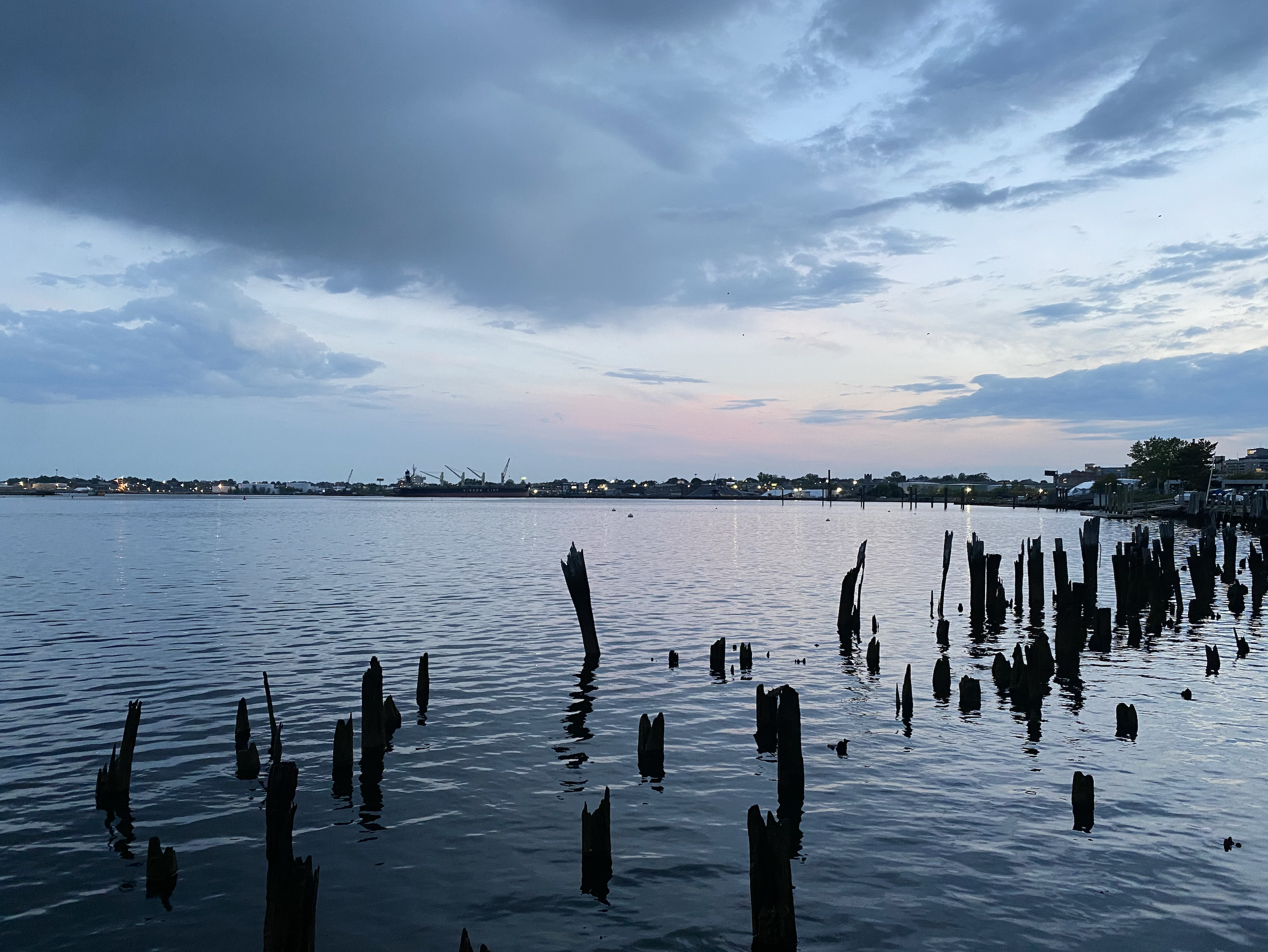1 March 2024 by Emily Shakespeare

Special Issue Title – Landscapes of the Terraqueous Planet
Landscape Research, the internationally refereed journal of the Landscape Research Group , is calling for submissions for a special issue which encourages explorations of the concept of the terraqueous as a way of invigorating and engaging with the many dimensions of landscape. Early notions of the ‘terraqueous world’ included a core concern with exchange, transference and interaction between land, water and air and these ideas resonate with the kind of knowledge being developed in response to the Anthropocene today. As such, this special edition explores the potential of a renaissance of a modernised and repurposed terraqueous world. Papers will encourage dialogue among the elements of land, water and/or air through a multidisciplinary, multi-dimensional field of possibilities reflecting on the concept of landscape.
Background
The terraqueous, as a portmanteau of terra (land) and aqueous (water) is most extensively explored in the literal, spatial interpretation of places that share both land and water elements. In these cases, the terraqueous is a descriptor of the nature of coastal regions, rivers and watersheds, denoting conjoining spaces of land and water, of the hybrid places that ensue and the classificatory conundrum they produce. These have enriched the imaginaries of geographers, political scientists, international relationists and economists, historians, film and literary scholars and anthropologists. This special edition seeks to expand the concept further both building upon these insights and adding new terraqueous landscapes that signify any points of exchange between land, land-based technologies or artefacts, water worlds and/or
spaces of air. The latter spaces are often conceptualised as accessible in highly mediated ways and these mediations, interventions, accidental depositories and deliberate displacements are as much a part of the terraqueous repertoire as the area studies that privilege the borderlands of bodies of land and water. Highlighting connectivity, transposition, translation, exchange, exposure and interactivity, between land, air and water worlds, enables the terraqueous to include a wider array of spaces and to develop a dialogic dimension.
Such a dimension is reminiscent of the 18th century, early Enlightenment science of ‘terraqueous world’ as a ‘cognitive landscape of the past’ (Porter 1980, p. 285) where an ‘anti-anthropocentric naturalism’ encouraged the ‘central conundrum of ‘matter in motion, of process and change’ (p. 312). Taking these key concerns as launching pad for rejuvenated thinking makes sense to contemporary contexts with its renewed general desire to fulfill a more wholistic understanding of life and planetary processes. Bashford (2017, p. 262) explains the conjunction succinctly as the terraqueous signifying ‘a new vocabulary’ for
describing how ‘human impacts on atmospheres, hydrospheres, biospheres, and geospheres together constitute the terraqueous globe’. Her expansive view of terraqueous points out that ‘territory can be as aquatic as water spaces have been territorialised’ (2017, p. 262) and to this we can add the atmospheres that characterise both. It follows that this broader sense of terraqueous is related, but not limited, to ‘thinking with’ the material world, both blue and atmospheric, implicating ontological and epistemological discussions.
This special edition of Landscape Research will evolve the concept of the terraqueous highlighting relations between pairings or tripartite arrangements of water, air and land through connection, displacement, transposition and transformation. As such the concept can accommodate a wide range of diverse terraqueous sites, practices, processes, productions and performances but also situates environmental changes to landscapes in a more intimate and relatable way (Morgan 2018).
Related Topics
A non-exclusive list of possible topics include:
- Transactional explorations of established terraqueous environments including coastal area and rivers, marshlands, tidal flats, elevated air-scapes;
- Apprehending atmospheres their interrelations with land and/or waterscapes;
- Seabeds, ocean floors, mountains, abyssal zones and basins;
- Weathered landscapes, land as shaped by water and/or air;
- Underwater/atmospheric industrial developments including seabed harvesting mining, satellites and other technologies;
- Terra-firming, coastal barriers and other strategies for containing oceanic environments or extending land into oceanic domains;
- Underwater heritage and archaeology;
- Underwater or climate photography, art, attractions, film and literature;
- Domestications of undersea or atmospheric life as with aquaria, oceanaria, science laboratories and marine ark projects;
- Polar and elevated landscapes with shifting atmospheres and states between ice, water and land.
- Monsoonal and flood-impacted landscapes.
Submission timeframes are as follows:
- EoI Submission of a 250-word Abstract: 31st July 2024
- Acceptance of Abstracts: 31st August 2024
- Full Papers Due: 28th February 2025 with peer review to follow
- Estimated Publication: Early-mid 2026
Please direct all enquiries and/or abstract submissions to the Special Editor:
Felicity Picken: F.Picken@westernsydney.edu.au
Further information on the journal Landscape Research and the journal’s submission requirements can be found at https://www.tandfonline.com/toc/clar20/current
References
Bashford, A. (2017). Terraqueous histories. The Historical Journal, 60(2), 253-272.
Morgan, R. A. (2019). Climate, weather, and water in history. Wiley Interdisciplinary Reviews: Climate Change, 10(1), e561.
Porter R. The terraqueous globe. In: Rousseau GS, Porter R, eds. The Ferment of Knowledge: Studies in the Historiography of Eighteenth-Century Science. Cambridge: Cambridge University Press; 1980:285-324. doi:10.1017/CBO9780511572982.008
